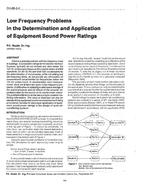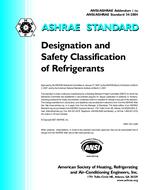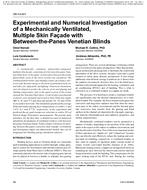Cogeneration is more than generating electricity. Maximizing the value of the recoverable waste heat from the power generation provides the real economic impetus for most cogeneration projects. There are many forms and uses of waste heat that can be considered – steam, hot water, hot air, heated thermal fluids, and absorption refrigeration. The relative value of various thermodynamic alternatives gives rise to new concepts in overall system evaluation. This presentation discusses several such alternatives by the application of high-efficiency absorption chillers using direct gas turbine exhaust and internal combustion engine exhaust, header steam, extraction steam, and a combination of jacket water and direct exhaust from internal combustion engines. Recoverable waste heat can be converted to chilled water (44 deg F [6.66 deg]) for as little as 93 Btu/ton (coefficient of performance [COP] = 1.29) for air conditioning or process cooling. Gas turbines lose efficiency and capacity as the temperature of inlet air rises above rated levels (ISO condition = 59 deg F [15 deg C] and 60% RH). The use of the waste-heat-generated chilled water can substantially improve cogeneration economics by cooling the gas turbine inlet air, particularly in humid climates.
KEYWORDS: absorption refrigeration, combined heat and power, heat recovery, electricity production, steam, hot water supply, air conditioning, exhaust gases, gas turbines, internal combustion engines, economics, cooling
Citation: Symposium, ASHRAE Transactions, vol.97, Pt. 1, New York 1991
Product Details
- Published:
- 1991
- Number of Pages:
- 6
- File Size:
- 1 file , 690 KB
- Product Code(s):
- D-18412


